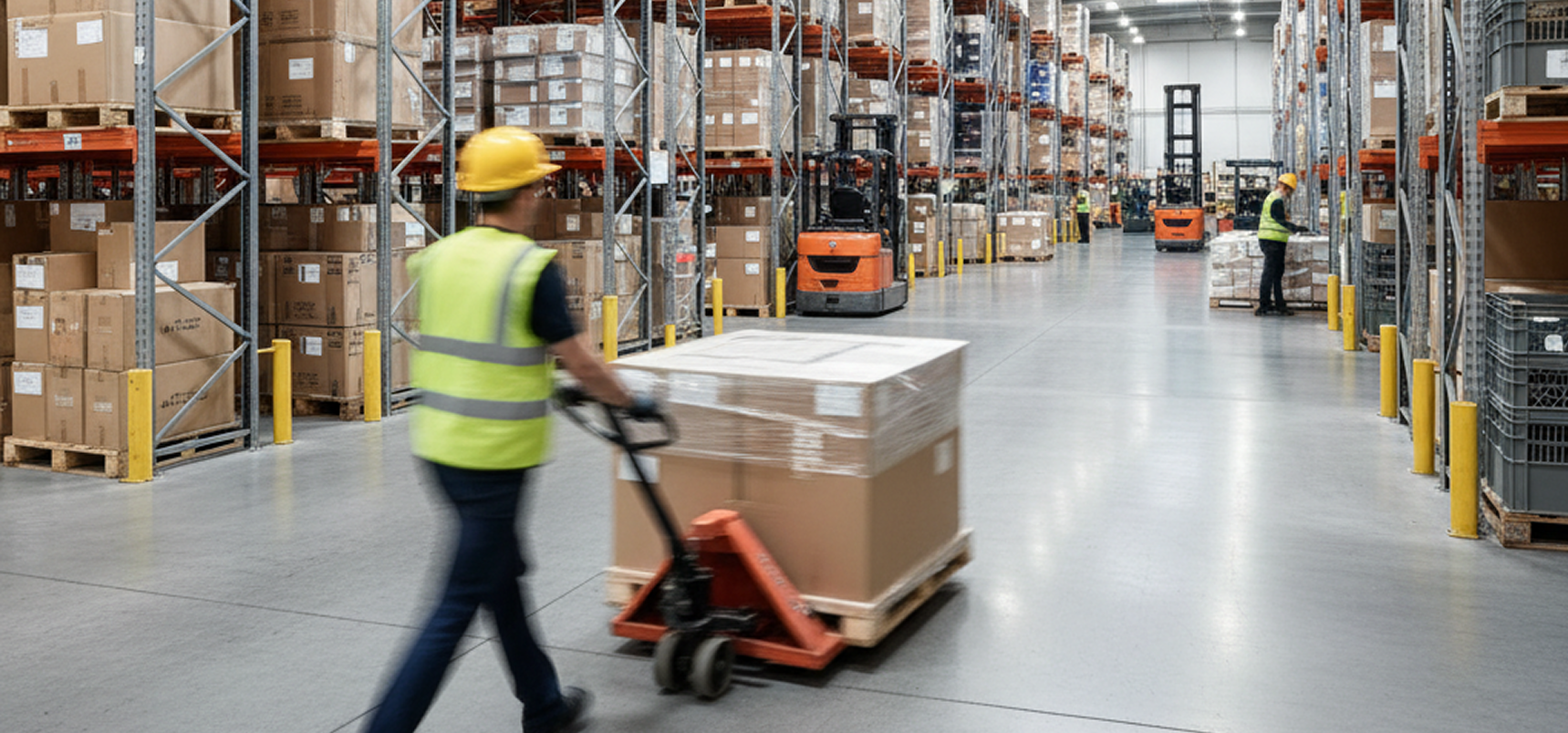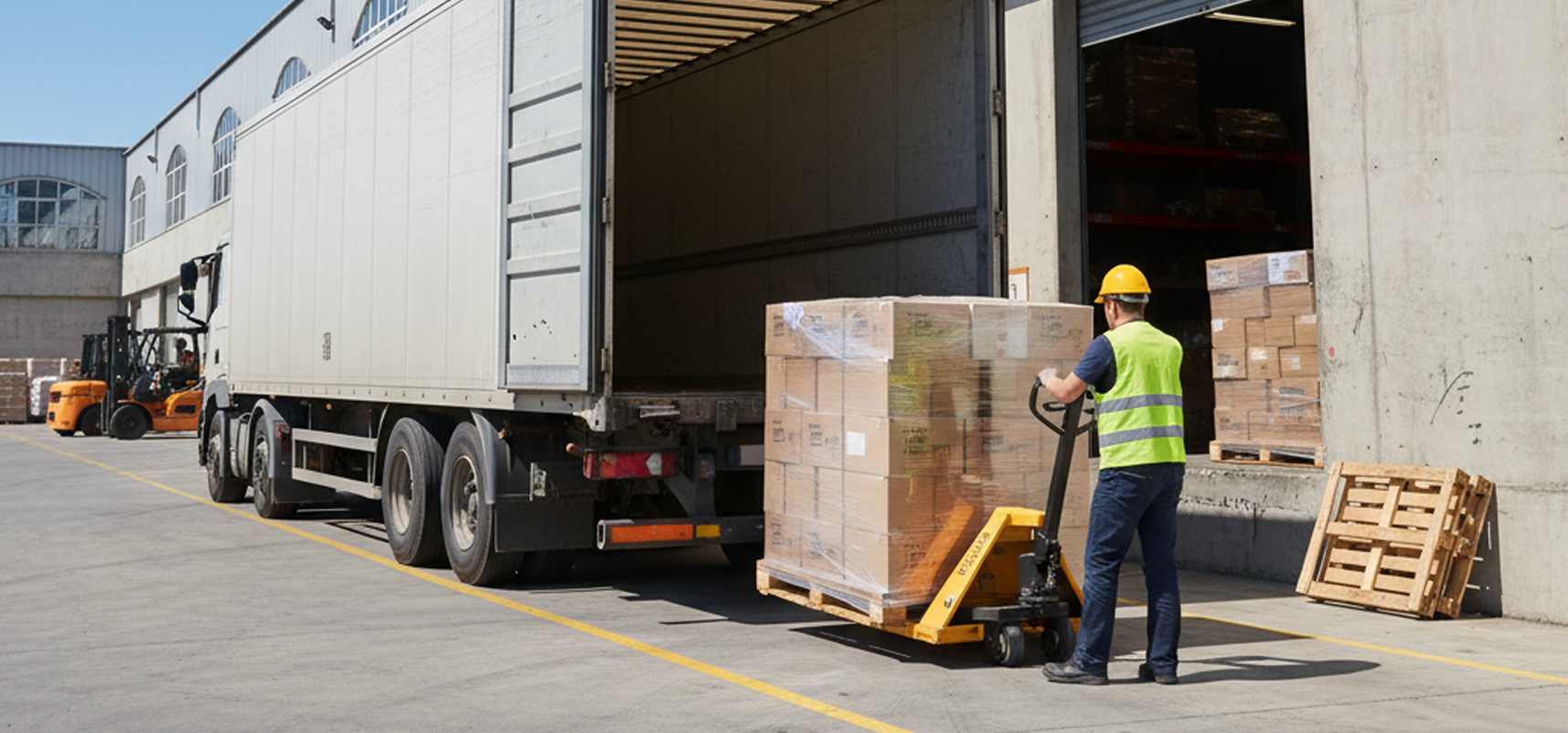Seoul has highly advanced, reliable, and technology-driven infrastructure that supports a high quality of life and efficient urban services.
Population
Area
Density
21K
The projected net population growth in Seoul for 2024 is -100,000.
66%
67% of the global population is of working age, with this share expected to decline in developed regions over time.
Key industries include semiconductors, shipbuilding, automobiles, and electronics, with major corporations like Samsung Electronics, Hyundai Motor, and SK Hynix playing significant roles.
Tertiary attainment among young adults aged 25-34 in OECD countries increased from 45% in 2019 to 48% in 2024, placing it among the top OECD nations.
Foreign Residents
The average income for foreign residents in Seoul is about 4.38 million yen, with 50% earning less.
Ethnic Composition
Foreign residents in Seoul surpassed 2.65 million in 2024, making up about 5.1% of the city population, with largest groups from China, Vietnam, Thailand, United States, and Uzbekistan.
The Seoul metropolitan area’s average daily commute is 82 minutes, with millions primarily using rail transit from suburban districts into the city center for work.
21,000
39K
The average annual income in Seoul is about 4.5 million yen, though more than half earn less than this amount.

10%
Warehouse lease rates in Seoul average around 3,000,000 KRW per month for large spaces, with rates varying by location and warehouse class, and prime areas like Gangnam generally offering more affordable options compared to other districts.
Major warehouse and logistics districts in Seoul include southeastern Seoul (notably Songpa and Gangdong), Gwangju (Gyeonggi), Incheon, Gimpo, and Anseong.
Seoul’s last-mile delivery infrastructure features advanced logistics hubs, AI-powered route optimization, widespread use of electric vehicles and bikes, and real-time tracking, all supported by robust digital networks and government-led smart logistics initiatives to enable ultra-fast, efficient deliveries in a dense urban environment.
Seoul's warehouse automation market is experiencing rapid growth driven by e-commerce expansion, IoT integration, and government support for advanced robotics and AI-powered inventory management systems.
Cold storage and specialty warehousing facilities in Seoul are advanced, multi-temperature logistics centers designed to preserve perishable goods like food and pharmaceuticals, featuring automated systems, strict temperature controls, and compliance with industry standards.

Key industries and economic sectors in Seoul include tourism-MICE, content creation, design-fashion, IT convergence, printing, clothing-sewing, electronics, publishing, logistics, and corporate support services.
CJ Logistics, Hyundai Glovis, Hanjin Transportation, Lotte Global Logistics, KCTC, Kuehne + Nagel Korea, Omni Logistics, Sebang, KGL Network, Woojung Air, Samil Logistics, Leschaco.
Seoul, as South Korea's economic hub, is central to national trade volumes with recent monthly exports around $60–65 billion and imports near $54 billion, and its key trading partners are China, the United States, Vietnam, Hong Kong, and Japan.
Seoul’s supply chain resilience is strengthening through modernization and digital transformation, but key risk factors include demand uncertainty, lack of coordination, financial challenges, and exposure to global disruptions and geopolitical shifts.
Seoul has advanced local manufacturing capabilities, particularly in semiconductors and smart factories, supported by major companies like Samsung and strong government investment in automation and digital technologies.
Seoul’s main industry clusters are finance (Yeouido, Yongsan), AI/ICT (Yangjae, G-Valley), bio/healthcare (Sanggye, Hongneung), advanced tech and startups (Magok), media/entertainment (DMC), and creative industries (Seongsu, Hongdae).
Seoul’s key competitive advantages as a logistics/business hub include its strategic location between major Asian markets, advanced infrastructure, robust supply chain connectivity, high R&D investment, and efficient technology-driven operations.
Detailed evaluation of Seoul's infrastructure quality, investment projects, utility systems, and environmental considerations for strategic planning.
Seoul’s infrastructure is highly advanced and expansive, with world-class public transit, digital integration, and near-universal access to utilities, but faces challenges from aging assets, skilled labor shortages, and fiscal constraints.
Seoul is expanding light rail to underserved areas and improving public transit accessibility, while South Korea overall is investing $65 billion in AI infrastructure, including massive data center and GPU deployments, though the specific Seoul-only infrastructure investment figure is not provided in the search results.
Seoul has extensive urban infrastructure developed over 50 years of rapid economic growth, with a government-controlled electricity system operated by KEPCO, advanced telecommunications networks dominated by three major providers, and comprehensive utility systems supporting major industrial clusters including AI data centers and semiconductor facilities.
Seoul's logistics sector faces environmental challenges from traffic congestion costs reaching $115 billion in 2019, freight vehicles contributing 19% of greenhouse gas emissions, and limited land availability forcing logistics centers to relocate to distant areas increasing delivery distances and pollution.